REGULATE
Developing Cognitive Flexibility
Cognitive flexibility is being able to adjust one’s own thinking to meet the demands of the environment
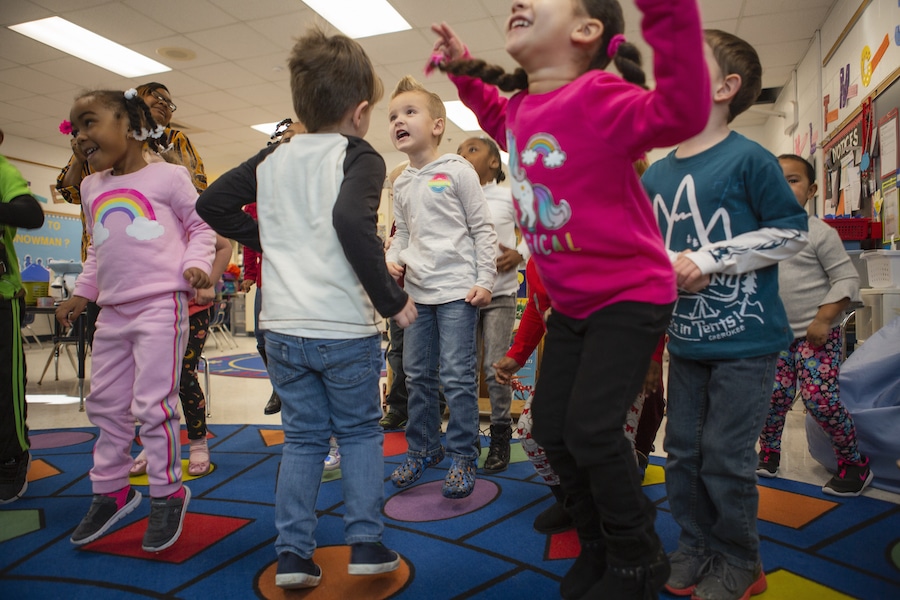
At a Glance
Cognitive flexibility means adjusting our thinking to meet the demands of the environment. Preschoolers can experience great growth in their ability to think about and solve problems in new ways. Educators can support children’s cognitive flexibility by providing a stable environment, consistent routines, and opportunities to see and try to do things in new ways.
What It Looks Like
A quick glance at how you can help children develop their cognitive flexibility
Play Games to Support Thinking
To build children’s ability to think flexibly, play games that encourage them to pay attention, listen/follow directions, wait, and switch their focus from one task to another.
Support Role Playing
Prompt children to think about different play scenarios and different roles within those. Suggestions like these may get children thinking about things in new ways.
Encourage Flexible Thinking
When educators shift “rules” during an activity (e.g., change tempo or opposite directions), it encourages children to be more flexible in their thinking. Opportunities like this let children flex their mental muscles.
FOSTERING FLEXIBLE THINKING THROUGH BOOKS
Not A Box
Written and illustrated by Antoinette Porter, this book is about a bunny whose imagination and creativity turns a box into everything but a box!
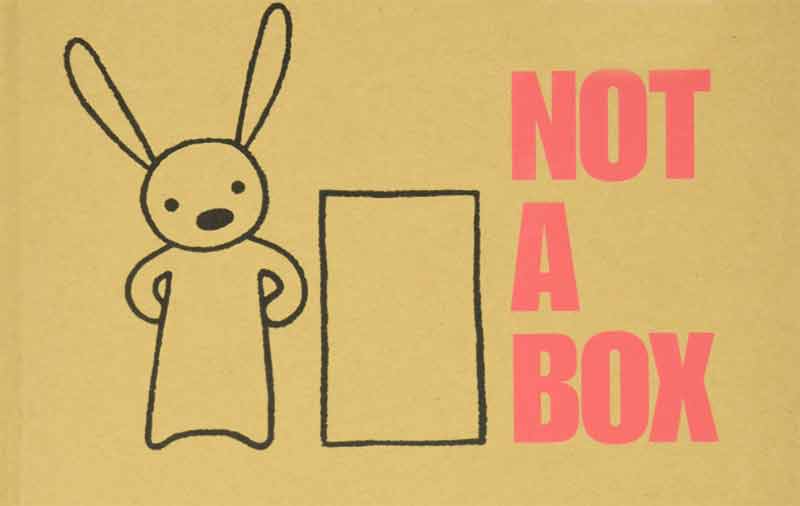

FOSTERING FLEXIBLE THINKING THROUGH BOOKS
Max and The Tag-Along Moon
Written by and illustrated by Floyd Cooper, this story follows a young boy as he says, “goodbye” to his grandfather and makes the trip home.
Activity Cards
Part of the STREAMin3 curriculum, activity cards provide simple and fun ways you build children's cognitive flexibility, while also fostering other critical skills, such as language, movement, and impulse control.
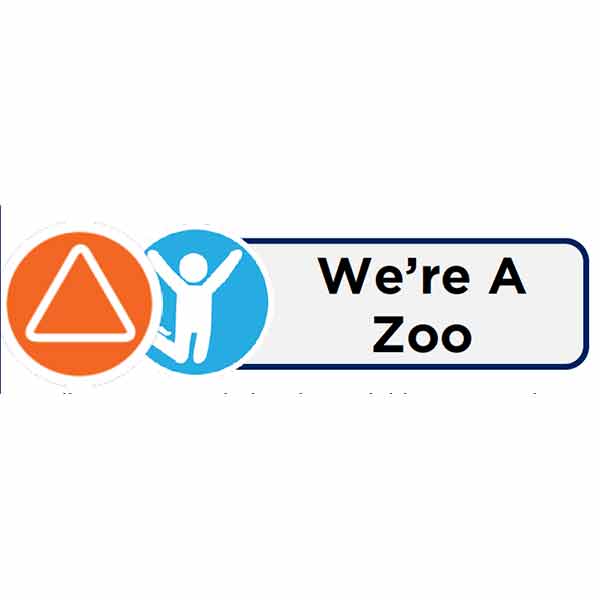
We're A Zoo
Children can get creative as they act out different zoo animals with their bodies.

Steady Beat Patterns
Children listen and tap to the music as they explore different patterns and beats.
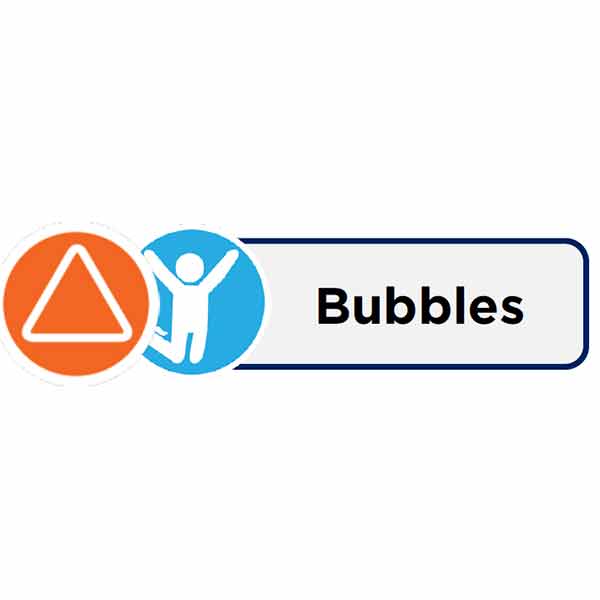
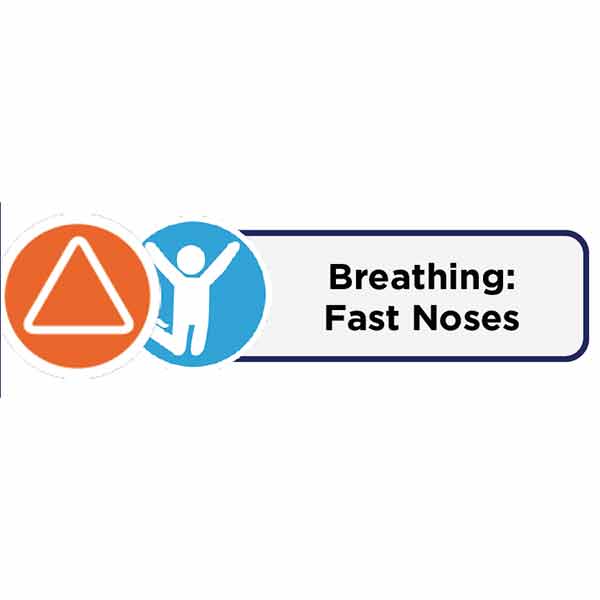
Breathing: Fast Noses
Children explore how to breathe quickly through their nose as a calm-down exercise
Get Our Resource Guide
Includes questions and activities to guide your use of the videos, book suggestions, and activity cards featured for each of the Core Skills

